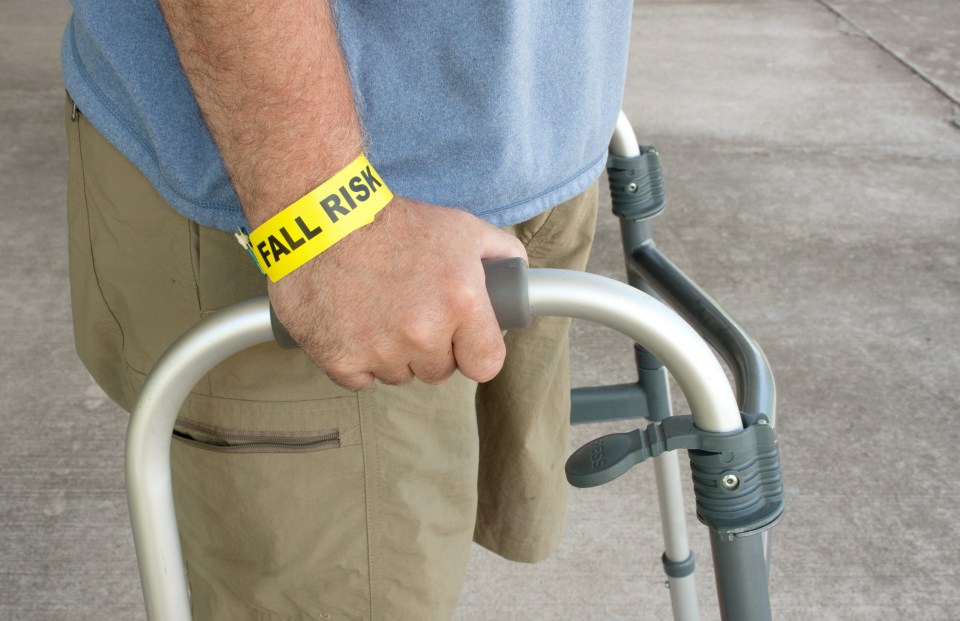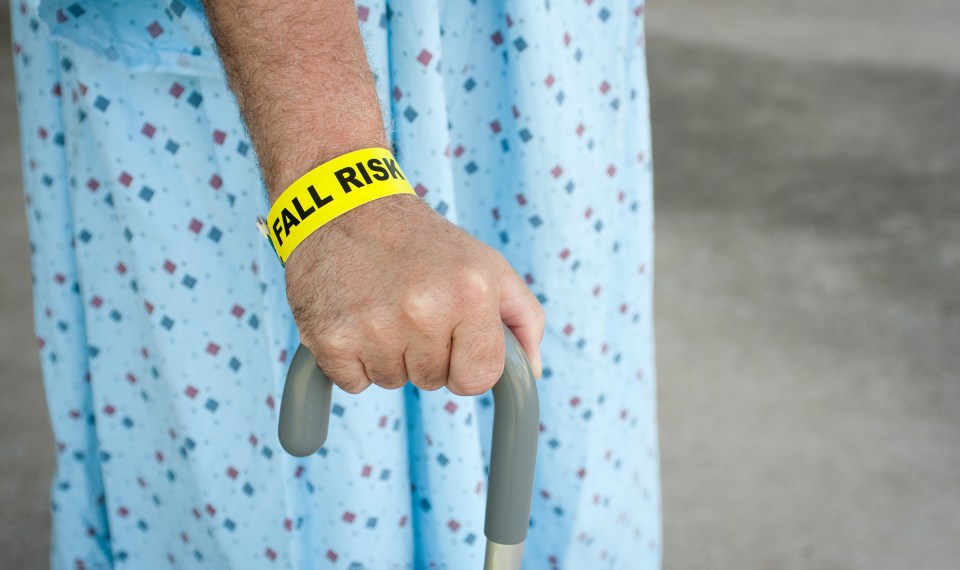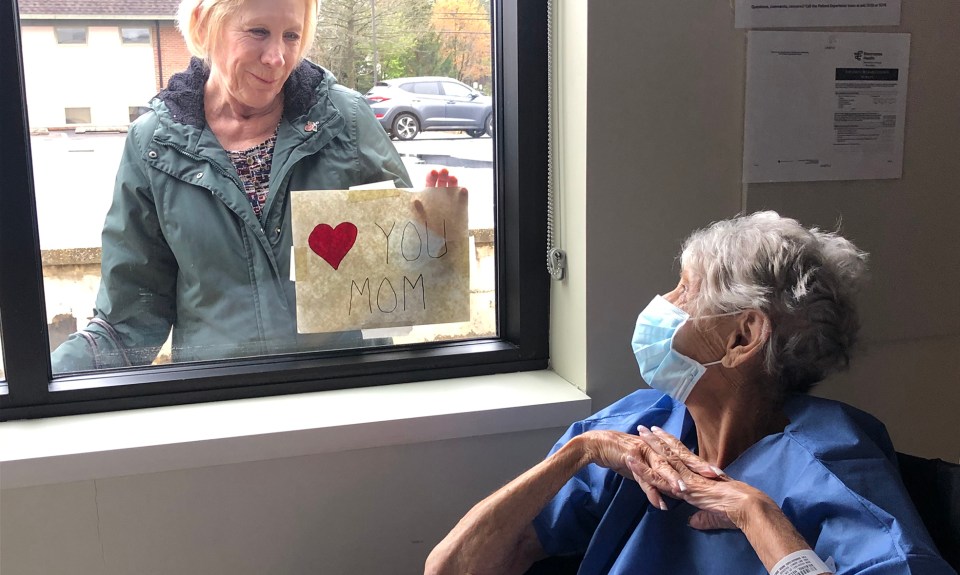Twenty years after “To Err is Human” was published, many are contemplating whether or not those initiatives put in place to reduce medical errors and improve patient safety are really working.
Take Patient Safety Organizations, or PSOs. In response to the Institute of Medicine’s eye opening report asserting that it’s not bad people in healthcare; it’s bad systems that cause medical errors, Congress passed the Patient Safety and Quality Improvement Act. This act authorized the creation of PSOs to improve quality and safety to reduce those incidents that adversely affect patients.
These organizations serve as independent entities made up of external experts who can collect, analyze and aggregate patient safety information to develop insights into the underlying causes of patient safety events. In everyday hospital terms, PSOs function much like a hospital’s quality committee but on a much larger scale.
So are PSOs an effective way to improve patients safety and reduce medical errors? The answer may vary, but at Encompass Health, we think they are.
Getting started
Prior to the passage of the Patient Safety and Quality Improvement Act, Encompass Health had already established a commitment to patient safety and implementing best practices across the company’s national footprint.
However, before we could begin the formal process of developing a PSO, it became clear we would need an updated incident reporting system to benchmark performance across all our inpatient rehabilitation hospitals. We wanted a robust system that would allow us to standardize reporting and data analysis. In 2014, we completed the implementation of RL Solutions, and by 2016 staff was well trained and comfortable with this new reporting system, so it was time to move forward with forming the Encompass Health PSO.
A focus on falls
Since its formation, the Encompass Health PSO has had a laser-like focus on reducing falls in our hospitals.
Patient falls are one of the most frequent adverse events occurring in hospitals, with The Joint Commission estimating that “hundreds of thousands” of patient falls occur in healthcare facilities each year with 30 to 50 percent of them resulting in injury and added days in the hospital or a hospital readmission. The average cost for a fall with injury is estimated around $14,000.
In the inpatient rehabilitation setting, patients are even more at risk of falling due to the nature of our care. We want patients to be mobile and even require that they can withstand, when possible, intense therapy for three hours a day, five days a week.
Since its formation in 2016, our PSO has been closely monitoring fall rates, analyzing data to try to determine why patients fall and sharing trends and best practices around fall prevention companywide. Has it paid off? You be the judge.
The numbers don’t lie
Data from the company’s fall rates for the first six months of 2017, 2018 and 2019 show a 10 percent decrease in fall rates despite the fact that we had a 7 percent increase in patient days since the inception of our PSO.
Although we cannot definitively conclude the PSO work caused the lower fall rates, the data certainly suggests that the combined efforts of a cross-discipline geographically diverse group of people interested in patient care could be a factor in this positive change.
The secret to success
Collaboration is key. Our PSO staff consists of members from our Patient Safety Task Force, as well as hospital, regional and Home Office staff. These individuals collaborate with our leadership boards in all disciplines to provide a safe space to discuss safety issues and develop solutions.
Through this collaboration with our leadership boards, the PSO was able to identify early on that falls from wheelchairs made up a large percentage of the falls that occur in our hospitals companywide. That fact inspired the following actions:
- The therapy leadership board created a white paper on preventing falls from wheelchairs. It includes extensive research on the cause and effects of patient falls from wheelchairs and best practices to prevent them. Next steps to this project include developing role-specific training for patients, caregivers, therapists, nurses and any other staff members involved in transporting patients in an effort to reduce wheelchair falls not only in our hospitals, but also at home and in the community.
- At the recommendation of our PSO, our supply chain operations is evaluating the company’s current standard wheelchair fleet and seating system and is also replacing old and worn-out wheelchairs.
Again, we can’t definitively say that these activities led to the drop in our fall rates, but they certainly didn’t hurt.
With that in mind, we are increasing the scope of our PSO. While falls will continue to be a primary focus, starting in 2021, hospitals will begin reporting medication errors to the PSO.
Source: https://www.jointcommission.org/assets/1/18/SEA_55.pdf
The content of this site is for informational purposes only and should not be taken as professional medical advice. Always seek the advice of your physician or other qualified healthcare provider with any questions you may have regarding any medical conditions or treatments.




